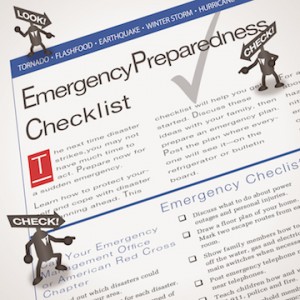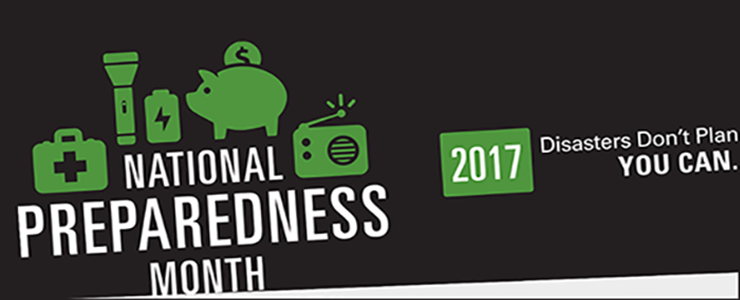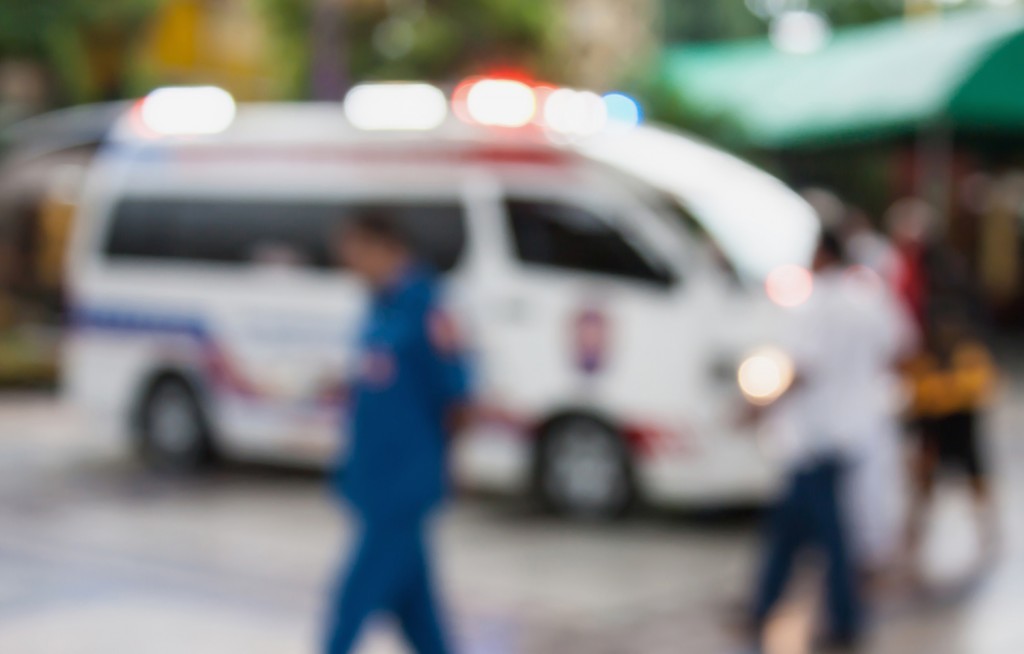Disasters Don’t Plan Ahead.
YOU CAN.
One look at the skies or a flip of the television remote and there’s no denying that disasters happen to all of us; and when they do, the basic needs for survival are the same for everyone: first aid, food, clean water, batteries, shelter, communication. If you or someone you know has a disability, however, basic needs can also include:
 power for electric-dependent equipment
power for electric-dependent equipment- accessible shelter and transportation
- back up personal care
- provisions for service animal
- medication and medical supplies
- cold storage for medicine that needs refrigeration
While individual needs and circumstances vary, one thing is for sure: it’s not a question of if, but when, an emergency will happen. Take steps today to prepare for tomorrow.
Make a Plan
 Emergencies and disasters may force you to evacuate or stay in place at work, at home, or out in the community. Create a plan that identifies how you will receive emergency alerts, accessible shelter, transportation and evacuation route from home/work/school, and how you will communicate.
Emergencies and disasters may force you to evacuate or stay in place at work, at home, or out in the community. Create a plan that identifies how you will receive emergency alerts, accessible shelter, transportation and evacuation route from home/work/school, and how you will communicate.
Need ideas? Not sure where to start? Watch Leah and her mom use a Star form to identify supports as part of Leah’s goal to create an emergency plan in this Informing Families video on person-centered planning tools.
Ready.gov has tips and planning form for kids, parents, commuters, pet owners and more.
Important: If you receive services from the state (such as DDA), talk to your case manager about back-up care options and what you can expect from the agency in an emergency.
Disability-Related Planning and Preparedness Resources
READY: Prepare. Plan. Stay Informed.
Create a Communications Plan
Preparing for Emergencies Together
Red Cross Guide for Individuals with Disabilities
Washington State Independent Living Council






